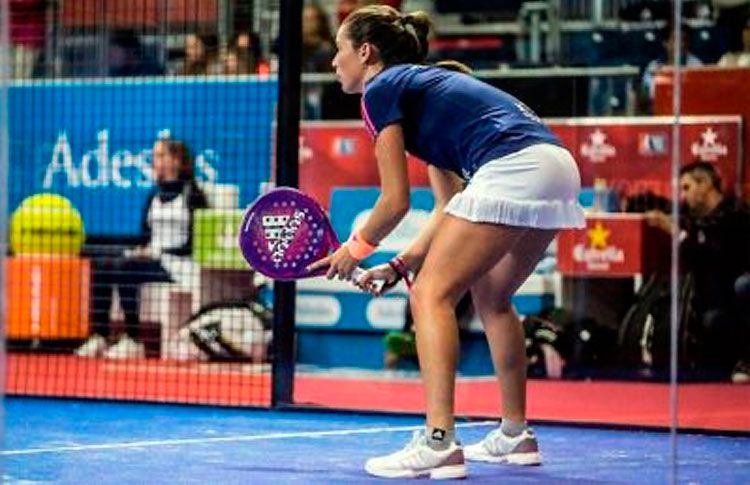Padel World Press .- In this new post we will treat the game in parallel. Usually, whenever we face a game we usually play the balls with our opponent in crossed, almost for the belief that it is the most normal and effective but, like everything, this has a reason.
There are several reasons they make us play in crossed. The first has to do with the dimensions of the track and is that, to our crusader, the distance is greater so we will have more room to not miss our shot and for the ball to lift less. This is due to bounce on the wall.
Suppose the ball comes from the same point. As the wall is farther and at a right angle, when we play in parallel, the ball will bounce with a greater angle, which will facilitate the return of the opponent.
As we have always commented in our previous posts, each of our shots will not be good or bad depending only on the execution ... In addition to correctly executing the technique of our blow, we must also find the right moment and the situation in which it We perform.
Why play in parallel?
One of the functions of playing in parallel that we will use the most is to vent the game towards our partner... And that may be because they load the game more on us or because, in their crusade, we can get more options to score points. When we play a parallel ball, the most normal thing is that the opponent does not repeat on us and cross the ball. So we can manage our plays much better to get the best possible performance.
We can perform this action in both parts of the track, both from the bottom with a balloon and in the net with a volley towards the part where the natural blow is towards our partner.
Another of its functions will be to optimize our beating. We already know that in order for the ball to arrive with weight we must keep the tension hitting and, depending on the area we want to send the ball to, we will lose it.
Let's look at an example… We are a backhand volley player. They send us a ball at medium height and we are well positioned parallel to the net. To hit that forehand volley we will get more tension if we send it parallel since our body will have to move less. More muscle tone by reducing distances and our wrist will have less angle.
If, on the contrary, we do it to our right side, we must open it much more and, therefore, we will lose that tension. It is true that if we read it well in advance we can place ourselves to play it, but in any case, it will take less time to move forward with the body and, above all, something we value very rarely: much more time to recover the initial position to continue with the point.
We can imagine it exactly the same with a player who plays in the drive and wants to play a reverse volley. Thus we put everyone in a situation.
The importance of keeping the mind cold
For me, the most important aspect for amateur players is the psychological plane. Since we know that the ball is more complicated, and that we have to take care of it much more, we pay almost all attention to keep it in play.
This means that we do not risk and that we take care of the shot as much as possible, making it possible for the crusader's partner to enter to help us or that the opponent can not counterattack and put us in many complications.
Playing in parallel is a hit that does not hurt but, if it is chosen well and played with the mission of staying on the point, it will be very effective so that we can rearm and continue to build the point in the next balls.
Always remember: The good player is the one who, among all the options, directions, speeds, etc., can choose what suits him best and knows that they are all equally useful to win the point and the match.
* You can follow all the news of the world of paddle in our profiles of Facebook y Twitter as well as subscribe to our Newsletter .














